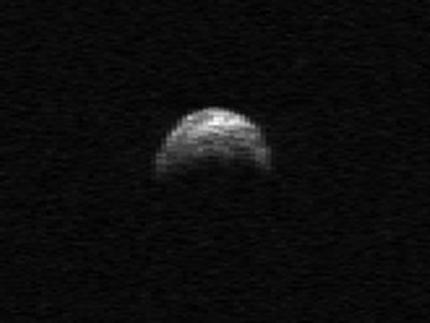OF THE
TIMES
A Colourful Pair: Perhaps the highlight of the month for casual observers will be provided by the red planet. Mars is putting on a pre-dawn show along with Regulus, the brightest star in the constellation of Leo the Lion. The pair rise in the east from 01:00 onwards and will be at their highest in the south before Sunrise. Regulus is a distinctive blue-white colour, while the planet Mars sports a striking red hue. This coming together gives stargazers an opportunity to compare and contrast the stunning colours these two heavenly bodies display. The colour difference was obvious to the naked eye and binoculars will further enhance my views of the pair. Mars approached Regulus from the west at the start of the month and makes its closest approach to the tomorrow morning (11 November). However, in case cloud interfered, I grabbed the shot this morning as the pair look equally stunning from the 8th to the 14th of November.

Comment: The above video is not the BBC's of course, it's taken from this YouTube channel.
We think that image is far too grainy to tell if we're looking at 'a structure' (in the sense that it's 'unnatural').
The narrator does make a good point however about the poor quality images they made available to the public. They can take fabulous photographs of other galaxies, but can't do better than this for "the closest asteroid fly-by in 200 years"?
It could be that by "strange structures", they meant naturally occurring structures they weren't expecting to see, such as the clear signs of electrical arc discharges on comets Wild 2 and Tempel 1 (which completely discounted the 'dirty snowball' theory of comets, by the way).
Then there's this:
Asteroid Vesta Has Mountain Three Times as Tall as Everest
And then, if we put our conspiracy-minded hats on for a minute, it could be that they're deliberately feeding the 'comets and space rocks as UFOs and motherships' disinformation.